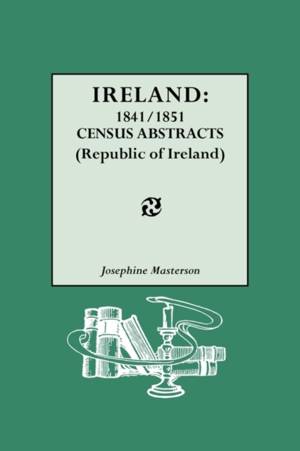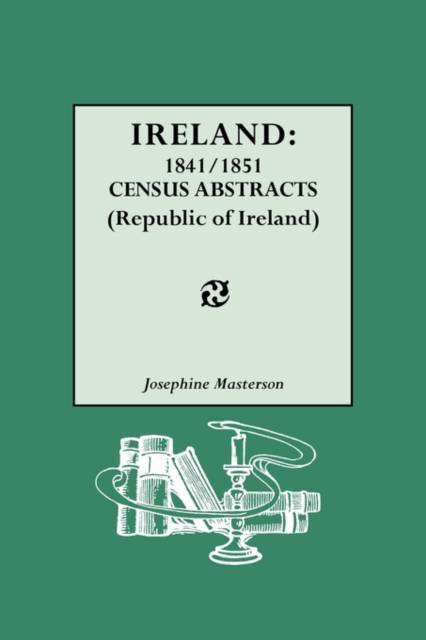
Je cadeautjes zeker op tijd in huis hebben voor de feestdagen? Kom langs in onze winkels en vind het perfecte geschenk!
- Afhalen na 1 uur in een winkel met voorraad
- Gratis thuislevering in België vanaf € 30
- Ruim aanbod met 7 miljoen producten
Je cadeautjes zeker op tijd in huis hebben voor de feestdagen? Kom langs in onze winkels en vind het perfecte geschenk!
- Afhalen na 1 uur in een winkel met voorraad
- Gratis thuislevering in België vanaf € 30
- Ruim aanbod met 7 miljoen producten
Zoeken
€ 46,45
+ 92 punten
Uitvoering
Omschrijving
For the Irish censuses of 1841 and 1851 (Republic of Ireland), only secondary census information from Old Age Pension records and a handful of original census fragments have survived. This is due mainly to the catastrophic loss of records in the fire of 1922 at the Public Record Office (now the National Archives) in Dublin. Naming approximately 5,800 individuals, the Old Age Pension records are still the nearest thing we have to the actual censuses, and although the records for Northern Ireland are more complete, the Republic does at least have some representation. Used as proof of age in order to qualify for an old age pension, family data was extracted from the censuses of 1841 and 1851 and recorded in the Old Age Pension records summary books before the Public Record Office fire of 1922! Thus some census data was inadvertently salvaged, including (1) the name of the head of household; (2) his marriage date; (3) his wife's name; (4) his place of residence; (5) the names of his children; (6) the names of other family members living with him; (7) occasionally the names of servants, lodgers, and visitors; and (8) persons deceased in the ten years prior to the census. These several elements form the basis of this present work.
Specificaties
Betrokkenen
- Auteur(s):
- Uitgeverij:
Inhoud
- Aantal bladzijden:
- 154
- Taal:
- Engels
Eigenschappen
- Productcode (EAN):
- 9780806315867
- Verschijningsdatum:
- 17/03/2010
- Uitvoering:
- Paperback
- Formaat:
- Trade paperback (VS)
- Afmetingen:
- 229 mm x 155 mm
- Gewicht:
- 222 g

Alleen bij Standaard Boekhandel
+ 92 punten op je klantenkaart van Standaard Boekhandel
Beoordelingen
We publiceren alleen reviews die voldoen aan de voorwaarden voor reviews. Bekijk onze voorwaarden voor reviews.









